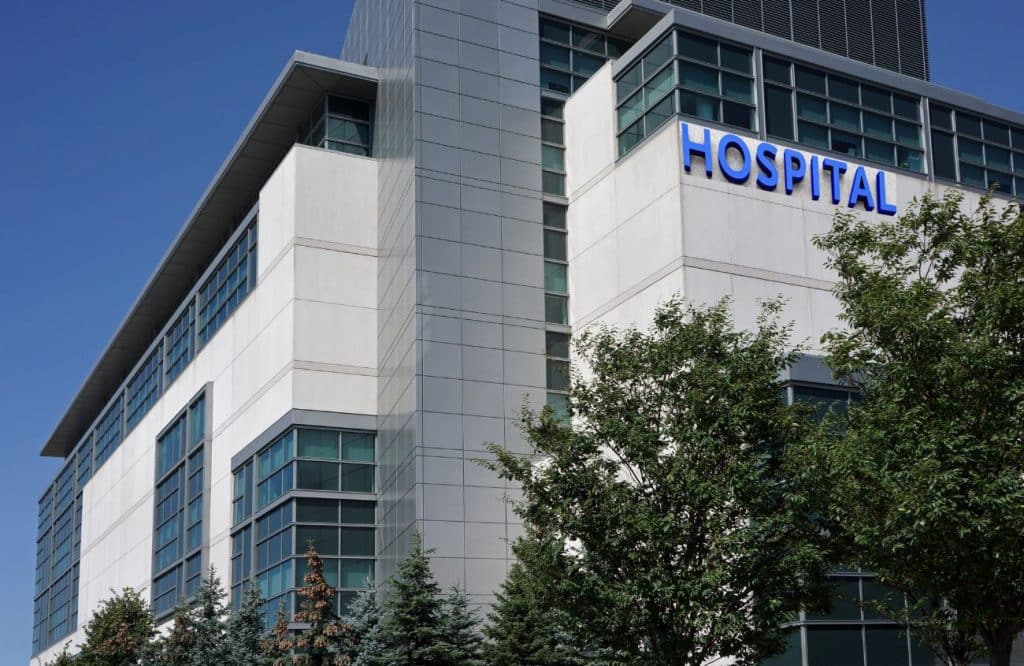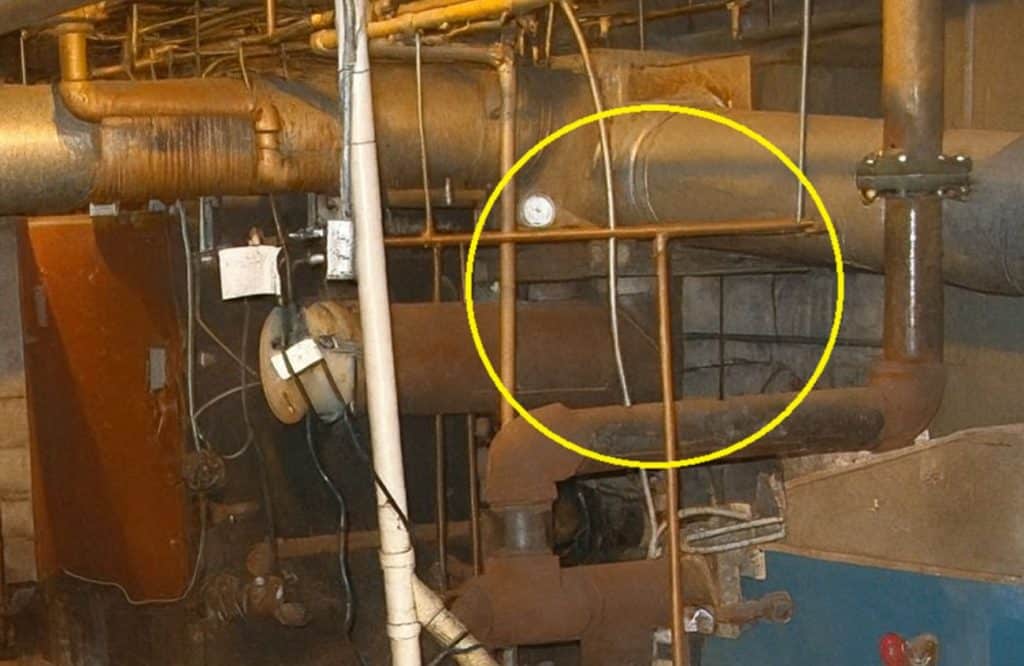“The information we use to maintain and navigate piping systems needs to be wholesome, reliable, and accurate,” Gary McLaren said during a recent HydroCorp webinar. If that information and documentation miss the mark, you risk contamination, unsafe operations, delayed emergency response, maintenance challenges, downtime, and more.
In a recent HydroCorp webinar, “Pipe Labeling, Patient Safety, & Practical Tips for Compliance,” McLaren, Jim Fout, and Nick Queensland discuss the risks of improperly labeled pipes—on patient safety, compliance, and operations—and how to execute a pipe labeling project to maximize impact.
Unlabeled & Unsafe
Mislabeled or unlabeled pipes can result in much more (and much worse) than a citation. Patient safety is primary, and neglecting pipe labeling best practices places patients at risk.
In 2024, a U.S. hospital mistakenly delivered nitrous oxide to an eight-year-old child due to the mislabeling of a medical gas pipe that was purported to be carrying oxygen. The child died as a result.1 Another recent case—in a university hospital in Japan—found a cross-connection between drinking water pipes and the toilet water drainage system that had been present since the construction of the facility in 1993.2
To properly label pipes, you first trace them. That means knowing where your pipes go, what they connect to, and labeling them according to industry standards (like NFPA 99 for medical gas piping) to ensure all maintenance and operational staff know the contents of the pipes.
The Practical Guide to Piping Schematics
Insights to Enhance Safety, Compliance, & Efficiency
Missing Labels, Lacking Knowledge
All too often, facilities rely on individuals with detailed, legacy knowledge of piping systems. Drawings and labels fall down the priority list since someone on the team always has the answers. But what happens when that person leaves or retires? “We’d always relied on that person to do it—they’re gone, now what do we do?” Queensland asked. The impact extends to operations and emergency response, patient safety, and compliance.
Emergency Response
Pipe labels aren’t just for compliance, they’re crucial, especially when it comes to emergency response. If you don’t know what the pipes are carrying, if valves aren’t properly labeled, and if systems aren’t accurately documented within schematics, identifying the source of a problem and fixing it becomes virtually impossible. And, in an emergency, time is of the essence.
Without critical labeling, your staff face:
- Uncertain location of zone valves
- Inability to isolate the problem or source
- Unclear shut-off valves
These knowledge gaps cost critical time and take a high dollar toll. Not to mention, the “trial-and-error” method of finding and fixing a problem within the piping system can put patient safety and medical care at risk.
Medical Gas Systems
Medical gas systems carry unique risks that pipe labeling specifically addresses. When executing medical gas system interruptions for maintenance or operational purposes, “you need to be 100% sure that what you’re interrupting is correct and that all impacted parties have been notified,” Queensland explains. Because of the direct impact on patient care, and the potential harm from interruption of service or incorrect distribution of medical gas, there’s no room for error.
NFPA 99 sets the standard for medical gas system labeling, requiring labels to feature:
- Standard designated colors for each gas
- The name or chemical symbol for each gas
- Operating pressure
- Flow direction
Additionally, NFPA 99 dictates where labels should be placed and how frequently along the length of the pipe you need to include a label.
“As facilities are modified—walls are added, spaces change—the labeling on the med gas system often doesn’t get added,” Queensland says. That’s a problem for safety, maintenance and operations, and compliance.
Labeling Deficiencies
“The deliverables we receive from a [construction] project aren’t very effective in helping us maintain those [piping] systems,” Queensland says. Construction drawings are meant to build or modify specific aspects of your healthcare facility. They are not meant for maintenance.
During Joint Commission, DNV, or CMS surveys, labeling deficiencies may be identified. Common deficiencies include:
- Missing labels
- Faded or illegible labels
- Incorrect system indication labels
- Inconsistent labeling standards
- Obstructed or hidden labels
- Missing flow direction arrows
- Non-standard color coding
- Damaged or peeling adhesive
Correcting deficiencies after survey creates significant work. But “it’s work I can plan for,” Queensland explains. “It’s not work that shows up in the middle of the night, on Sundays, on Christmas morning.” You can address deficiencies through pipe tracing and the addition of labels section by section, starting with high priority or hazard areas and systems, working your way down the list.
Better Labels, Safer Operations
Comprehensive, compliant pipe labeling improves operational safety and efficiency—across the board. Patients are protected, staff can do their jobs more effectively, and systems run smoothly.
- Patient & Staff Safety
With appropriately labeled piping systems, staff can exact faster shutoffs, reducing the risk of contamination or improper operation. - Operational Efficiency
Standardized labeling across departments means team members have clear valve and line identification to help reduce downtime, streamline modifications, and better respond in emergency situations. Keep schematics up to date after every change or renovation to ensure continued efficiency. - Insurance and Liability
When your facility is compliant with pipe labeling requirements, you lower potential exposure to costly claims. Include a review of pipe labeling as part of your annual risk management efforts and document that compliance for insurers.
Corrected pipe labeling has “really sped us up and given us the confidence to manage these shutdowns,” Queensland says. “Our productivity has increased.” Safety, operations, and compliance depend on sound system knowledge and well-labeled pipes.
Ready to learn more about how HydroCorp can support your facility’s piping systems?
Sources
- Bohringer, C., Guemidjian, A., & Utter, G. (2024). Hypoxic Gas Supply from Cross-Connected Pipelines. Hypoxic gas supply from cross-connected pipelines. https://psnet.ahrq.gov/web-mm/hypoxic-gas-supply-cross-connected-pipelines
- Tuser, C. (2021, November 15). Osaka, Japan, hospital discovers toilet water used as drinking water. WaterWorld. https://www.waterworld.com/residential-commercial/news/14306234/osaka-japan-hospital-discovers-toilet-water-used-as-drinking-water


